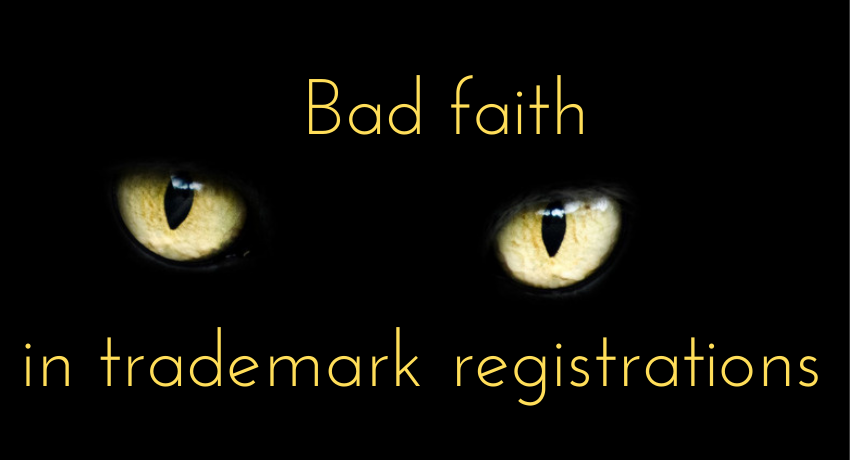
In our post published last week, we reported that Hasbro's 'Monopoly' EUTM was partially invalidated in April, when the EU General Court upheld an earlier decision from the European Union Intellectual Property Office (EUIPO), which considered Hasbro to have acted in bad faith. The purpose of today's post is to illustrate this notion of bad faith applied to trade mark registrations.
On the basis of EU legislation, a trademark registration can be declared invalid, based on article Article 59(1)(b) of Regulation 2017/1001 (the European Union Trade Mark Regulation or EUTMR), if it can be shown that the trademark owner was acting “in bad faith” at the time of filing the trademark application. The party requesting the invalidation must meet the burden of proof to establish such a claim. However, there is no definition of “bad faith” in our legislation, so where to start?
First of all, you should take into account that the applicant's good faith is presumed until proven otherwise. But once this presumption is rebutted, it is for the proprietor of the mark to provide a plausible explanation regarding the objectives and commercial logic pursued by the application.
For the purposes of assessing bad faith, it is irrelevant whether the applicant in fact obtained an advantage or caused harm through the repeat filing.
Although the Court of Justice of the European Union (CJEU) has long stated that the assessment of bad faith "must be the subject of an overall assessment, taking into account all the factors relevant to the particular case", bad faith provisions were initially applied in cases of deliberate registrations of third-party signs.
Recently, however, the European Court, as well as the EUIPO, have shed some light on different types of factors or behaviors that may constitute bad faith:
- C-104/18 P Koton: The concept of bad faith is broader than deliberate registrations of third-party signs for identical or similar goods; the lack of commercial logic underlying the application may itself suffice to establish bad faith.
- C-371/18 Skykick and T-82/14 Copernicus: bad faith exists where trademarks are filed with no intention to use, but only if at the time of application there existed a dishonest intention of undermining the interests of third parties or an intention to obtain exclusive rights for purposes falling outside the functions of the trade mark. In particular, the concept of bad faith covers abusive filing practices such as "priority traps" laid by trademark squatters.
- The registration of a trademark intended to parody or even "annoy" another trade mark holder may not constitute bad faith.
- Cancellation nº 33843 Flower Thrower (EUIPO): The registration of a copyright work may constitute bad faith.
- T-663/19 Hasbro. Inc: A repeat filing made to avoid the consequences entailed by non-use of earlier marks may constitute a relevant factor which is capable of establishing bad faith on the part of the person who filed that mark.
Again, these are just indicators of what could constitute “bad faith”, and as the Court and the EUIPO face more cases, more examples of “bad faith” behaviours could appear. In the overall assessment, arguments of the trademark owner have to be heard and the specifics of the case have to be taken into account.
Details
- Publication date
- 28 May 2021
- Author
- European Innovation Council and SMEs Executive Agency
